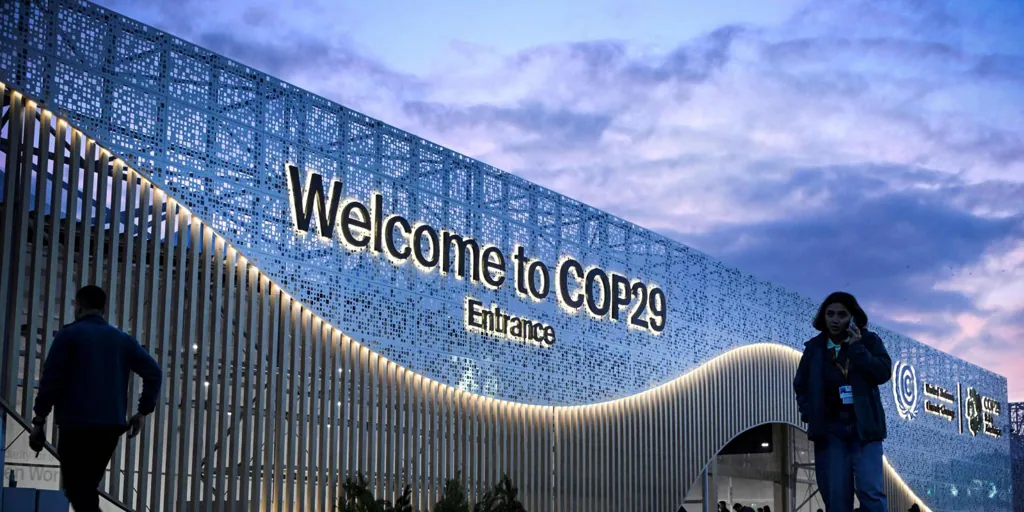Money is said to be the key to the 2024 climate summit

This year, the UN-sponsored climate summit faces a thorny question: Who will pay, how much and how Helping developing economies reduce their carbon emissions and tackle the worst effects of rising global temperatures. so, COP29 Which will open this Monday in Baku (Azerbaijan), bringing together representatives from almost 200 countries, it has been dubbed the “Financing Summit”.
Through the Paris Agreement, countries committed not only to curbing global warming – which favors extreme weather events – but also to economically help developing countries, which have contributed disproportionately to climate change. But it has suffered its havoc the most. Aid commitments since 2020 have been 100 billion dollars annually, although they began to be achieved only in 2022. But according to the established rules, it is necessary to update the objective for 2025. and the new amount of aid on which the estimate is based one billion annually, As demanded by African countries and small island states by 2030.
The quantitative leap is great. That’s why there are also talks over who should contribute to the fund, an idea that has already stalled at several climate summits. Traditionally, industrialized countries have done so, with the EU being the largest contributor. But now, the EU argues, they should Start contributing to larger emerging economiesLike China, as well as the Gulf states, it would otherwise be difficult to reach the requested figure. The Asian giant and the largest emitter of greenhouse gases is opposed.
The third financial key is related to Mechanism Through which money has to be raised. Currently, 69% of financing is provided in the form of loans, which developing countries criticize only increases inequalities. For this reason, United Nations Secretary General Antonio Guterres is trying to materialize this idea from 2022. one tax To oil and gas energy companies. According to their calculations, it could contribute $210 billion annually.
absence
Apart from money, there is still the fight against the rise in temperatures resulting from greenhouse gas emissions. Current policies will lead to a temperature increase of about 3ºC compared to pre-industrial times, which is far from the ‘safe limit’. And things are not going well at the moment: in 2023 emissions they grew up again Globally, by 1.3% annually, up from growth in the last decade, when it was 0.8%.
It can be anticipated that some countries will begin to submit New targets for emissions reduction. Governments have until February to do so and try to correct the course of global warming. However, the geopolitical environment in which COP29 is being held works against it. To begin with, the re-election of Donald Trump as President of the United States, a key actor, had already activated the mechanisms for exiting the Paris Agreement in his first term. Although Joe Biden’s team will still be at COP29, any issues they agree on will not bind the new administration.
Furthermore, the summit begins significant absence, Which doesn’t help in conversation. US President Joe Biden, Chinese leader Xi Jinping and European Commission President Ursula von der Leyen will not attend. French President Emmanuel Macron, German Olaf Schulze and Indian Narendra Modi will also not be there.
All this at a time when the war in Ukraine, conflict in the Middle East, and inflation have displaced interest in climate change. This is demonstrated by the absence at the summit, but also by the recent failure in Cali, Colombia, when countries had to renegotiate how to protect nature and the meeting ended without any agreement. Something that makes us fear that there will be no significant progress at this year’s climate summit.
